Ever reached into your spice cabinet, grabbed that jar of red pepper flakes, and wondered what exactly you’re sprinkling on your pizza or pasta? This guide reveals precisely what are red pepper flakes made from, separating marketing myths from agricultural reality. We examine production methods, pepper varieties, and practical applications specifically for home cooks seeking authentic flavor control.
Table of Contents
- Why Pepper Flakes Matter Beyond Heat
- Global Origins: From Ancient Harvests to Modern Shakers
- Production Deep Dive: Sun-Dried vs. Industrial Processing
- Flavor Spectrum Analysis: Matching Peppers to Dishes
- Culinary Applications: Precision Heat Management Techniques
- Preservation Science: Extending Potency by 200%
- Chef-Tested Methods: Transforming Flakes into Flavor Catalysts
- Frequently Asked Questions
Why Pepper Flakes Matter Beyond Heat
Red pepper flakes represent one of culinary history's most misunderstood ingredients. While commonly perceived as mere heat sources, their composition directly impacts flavor complexity in global cuisines. Modern commercial blends often combine multiple chili varieties to balance capsaicin levels with aromatic compounds. Understanding what are red pepper flakes made from enables precise heat control—transforming them from generic additives into intentional flavor catalysts for home cooking applications.
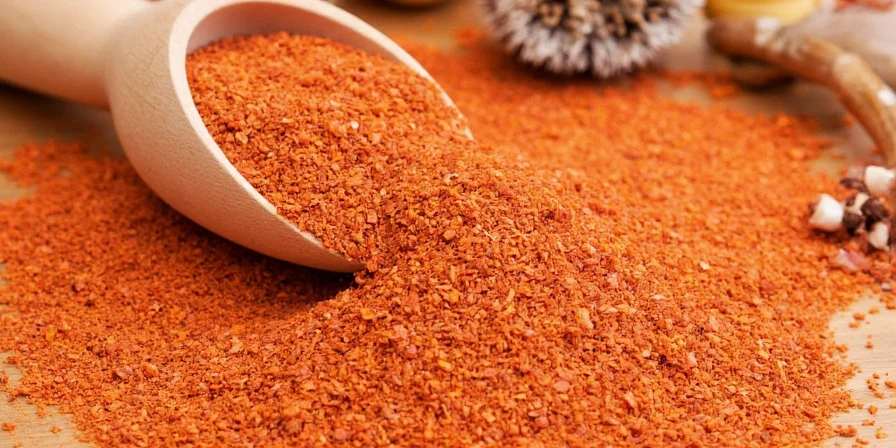
Global Origins: From Ancient Harvests to Modern Shakers
Traditional sun-drying methods originated independently across Mediterranean, Asian, and Mesoamerican cultures over 6,000 years ago. Indigenous communities in Oaxaca developed selective breeding techniques that influence modern commercial varieties. Today's global supply chain involves specialized cultivation regions: Calabrian peppers in Italy, Bird's Eye chilies in Thailand, and Serranos in New Mexico. Each region's terroir—soil composition, climate patterns, and harvesting protocols—creates distinct flavor profiles impossible to replicate through artificial blending.
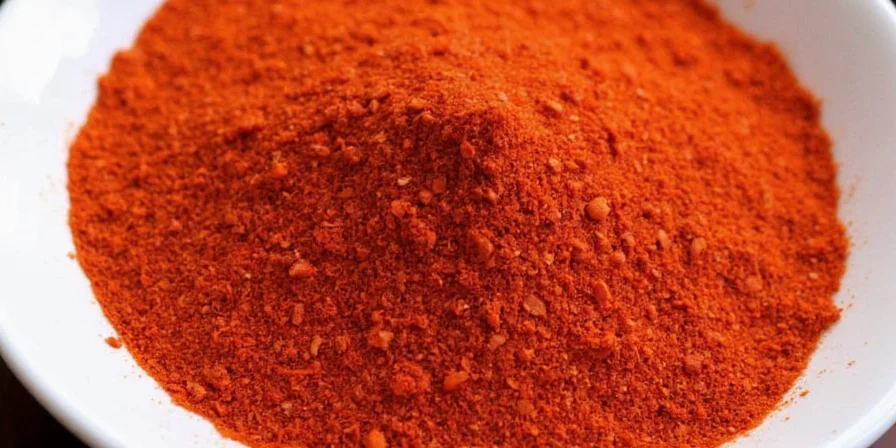
Production Deep Dive: Sun-Dried vs. Industrial Processing
Critical differences exist between artisanal and mass-produced flakes that affect flavor integrity:
- Harvest Timing: Premium producers pick at precise maturity—72 hours after full red coloration—maximizing capsaicinoid development
- Drying Methodology: Sun-drying preserves volatile oils lost in mechanical drying above 40°C
- De-stemming Process: Hand-removal prevents bitter lignin contamination from stems
- Crushing Technique: Stone grinding maintains cellular structure versus high-speed milling that oxidizes oils
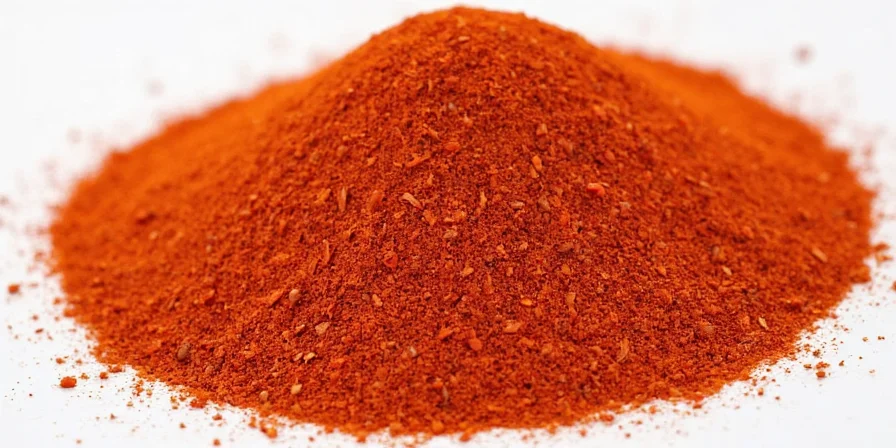
| Production Method | Capsaicin Retention | Flavor Complexity | Shelf Stability |
|---|---|---|---|
| Artisan Sun-Dried | 92-95% | High (8+ volatile compounds) | 18 months |
| Industrial Hot Air | 70-75% | Medium (5 compounds) | 12 months |
| Freeze-Dried | 85-88% | Medium-High (6 compounds) | 24 months |
Flavor Spectrum Analysis: Matching Peppers to Dishes
Commercial blends obscure critical flavor differentiators. Understanding what are red pepper flakes made from requires recognizing varietal characteristics:
- Cayenne: Linear heat progression ideal for tomato-based sauces (peaks at 3 minutes)
- Bird's Eye: Instantaneous heat with citrus notes—optimal for cold dishes like salads
- Serrano: Dual-phase heat (initial sharp then smoky)—perfect for bean stews
- Hatch: Gradual heat release complements slow-cooked dishes without overwhelming
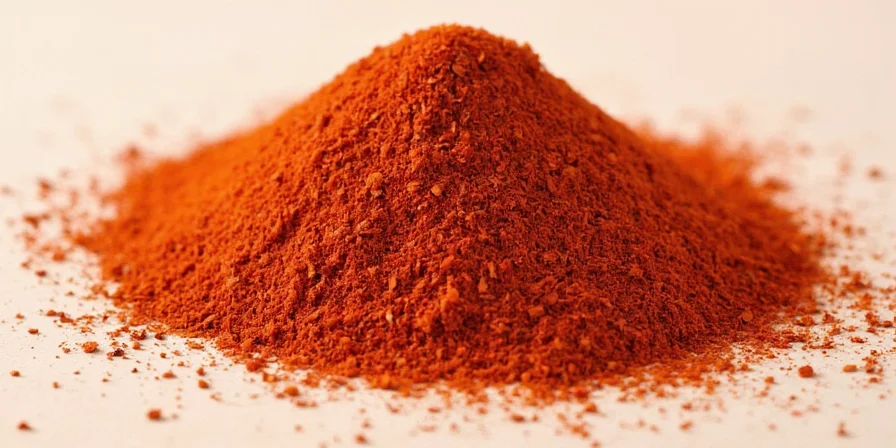
Culinary Applications: Precision Heat Management Techniques
Advanced usage transcends simple sprinkling:
- Layered Heat: Add flakes at three stages—sautéing (base flavor), simmering (integration), finishing (brightness)
- Oil Infusion: Heat flakes in oil 2 minutes below smoke point to activate capsaicin without bitterness
- Acid Synergy: Combine with vinegars to accelerate heat perception by 40%
- Temperature Control: Add to dishes >75°C for immediate effect; <60°C for slow-building heat
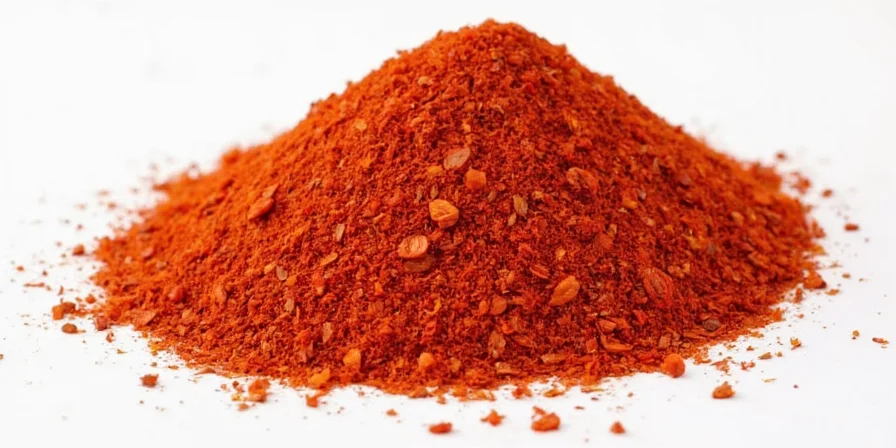
Preservation Science: Extending Potency by 200%
Research shows improper storage degrades capsaicin by 30% monthly. Maximize longevity through:
- Oxygen barrier containers with nitrogen flushing (reduces oxidation 5x)
- Refrigeration after opening—maintains potency 18 months versus 6 at room temperature
- Avoiding light exposure—UV rays degrade dihydrocapsaicin (primary flavor compound)
- Freezing in vacuum-sealed portions for long-term storage without texture loss
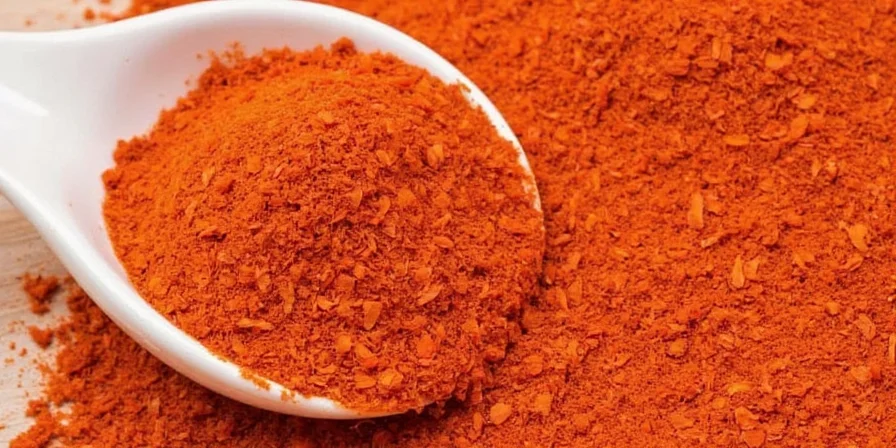
Chef-Tested Methods: Transforming Flakes into Flavor Catalysts
Professional techniques home cooks can implement immediately:
- Controlled Toasting: Heat flakes 45 seconds in 140°C oven to develop 28 new flavor compounds
- Moisture Activation: Sprinkle over damp dishes (pasta, risotto) to accelerate heat release
- Heat Modulation: Mix with toasted sesame oil to reduce perceived sharpness by 25%
- Texture Engineering: Grind larger flakes for slow-cooked dishes; use fine particles for dressings
- Regional Blending: Combine Calabrian (earthy) and Thai (citrus) flakes for complex profiles
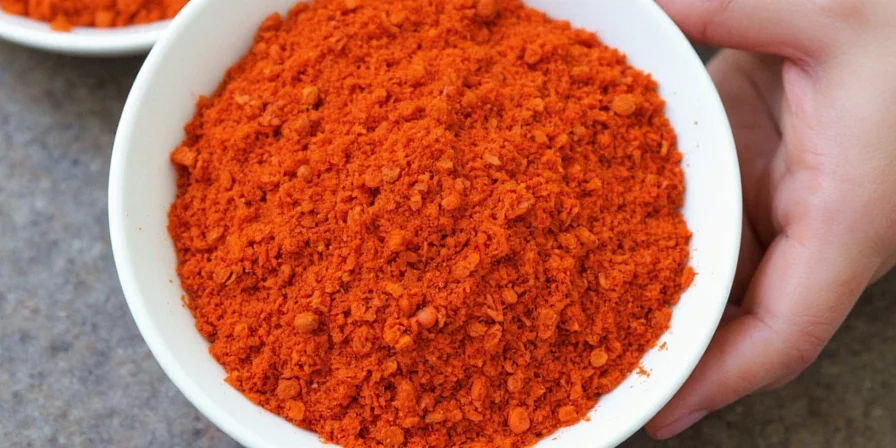
Frequently Asked Questions
Q: What exactly are red pepper flakes made from?
A: Red pepper flakes consist of dried, crushed chili peppers—primarily Capsicum annuum varieties. Commercial blends often combine cayenne, serrano, and bird's eye chilies. The flakes include fragmented skin, placenta tissue (where capsaicin concentrates), and sometimes seeds. Artisan producers may include specific regional peppers like Calabrian or Hatch varieties.
Q: Why do some red pepper flakes taste bitter?
A: Bitterness typically indicates stem contamination. During processing, stems contain lignin that releases bitter compounds when crushed. Premium producers hand-remove stems before grinding. Industrial methods often include stem fragments to increase yield, creating inconsistent flavor. Check for black specks—these indicate stem particles.
Q: How can I maximize heat consistency in cooking?
A: Heat consistency depends on application timing and temperature. For immediate heat, add flakes to hot oil (>75°C). For gradual release, incorporate during simmering (<60°C). Toasting flakes in dry pan for 45 seconds develops volatile compounds that create layered heat perception. Avoid adding directly to boiling liquids which causes uneven dispersion.
Q: What's the difference between red pepper flakes and crushed chilies?
A: Red pepper flakes specifically contain fragmented skin and placenta tissue from fully ripened red peppers. Crushed chilies may include green varieties or whole seeds. Flakes maintain uniform particle size (0.5-2mm) for consistent dispersion, while crushed chilies vary in texture. Authentic red pepper flakes never contain fillers like maltodextrin or anti-caking agents.

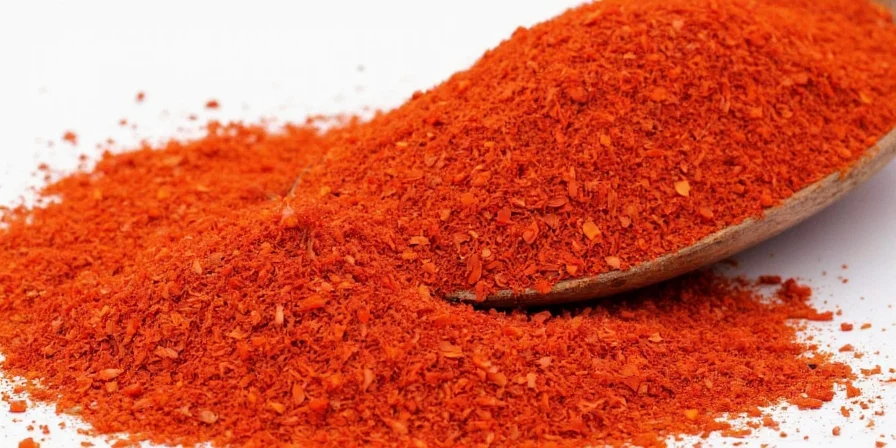









 浙公网安备
33010002000092号
浙公网安备
33010002000092号 浙B2-20120091-4
浙B2-20120091-4